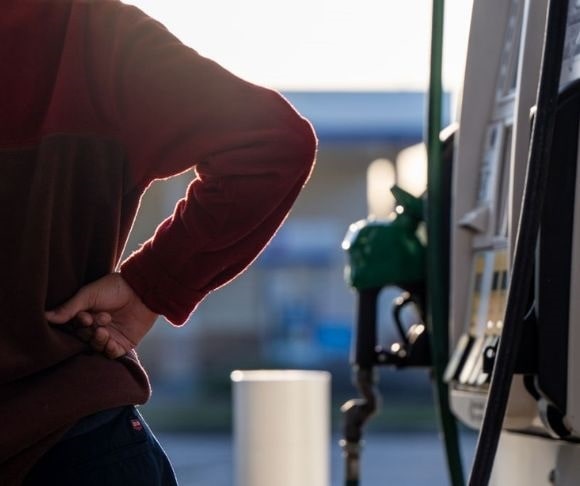For nearly a year now, President Joe Biden has regularly tapped into the Strategic Petroleum Reserve (SPR) to bring down the cost of energy prices by injecting global markets with more supply. Many industry observers concur that releasing more crude from the nation’s emergency oil stock has been a political tool for the administration ahead of the November midterms. But while it might help the Democrats over the electoral finish line, the plan could have long-term consequences. If the SPR is drained any further, what could happen to US energy security?
What’s the Deal With Emergency Oil Reserves?
 First, what exactly is the SPR? This is an emergency stockpile of crude oil that can be utilized to mitigate a significant supply shortage or disruption, be it from a substantial weather event or terrorist attack. Put simply, since its creation in 1975, any crude sales from the reserve have been meant to respond to a dire situation rather than manipulating the market in response to price spikes.
First, what exactly is the SPR? This is an emergency stockpile of crude oil that can be utilized to mitigate a significant supply shortage or disruption, be it from a substantial weather event or terrorist attack. Put simply, since its creation in 1975, any crude sales from the reserve have been meant to respond to a dire situation rather than manipulating the market in response to price spikes.
Data from the Energy Information Administration (EIA) show that domestic emergency oil reserves stand at a little more than 416 million barrels for the week ending Sept. 30. This is down from around 638 million when Biden was inaugurated and is the lowest level since July 1984. The figure is anticipated to decline even further as the White House attempts to offset the two-million-barrel decrease by the Organization of the Petroleum Exporting Countries (OPEC) and its allies, OPEC+.
This past summer, there had been rumblings that the Department of Energy would start to refill US stocks by purchasing barrels of oil at around $80 after the six-month strategy had expired on Oct. 31. The plan never materialized. It is unclear when the administration will begin to reverse its drainage as it recently announced the release of ten million barrels for delivery in November. So, if US officials do not intend to restock the kitchen cupboards, when will the White House do it? This is the $90-a-barrel question as the SPR level keeps dropping faster than the Dow Jones Industrial Average.
During the market meltdown in the early days of the coronavirus pandemic, then-President Donald Trump proposed to take advantage of the extremely low oil prices and add to the SPR. This would have likely been a helpful measure for the current administration since it would have afforded Biden more supply and time. However, the Democrats opposed the plan, arguing that it would serve as a bailout for Big Oil. Should the current president choose to contribute to the rainy-day fund, it will be costly for taxpayers because of today’s higher prices.

(Photo by Brandon Bell/Getty Images)
Meanwhile, has the decision to pull from the Strategic Petroleum Reserve succeeded? After gasoline prices hit their peak of $5.01 per gallon in early June, they tumbled by about 26%. Unfortunately, they are marching toward $4 again, making this entire initiative a useless campaign. West Texas Intermediate (WTI) contracts also erased their post-Ukraine invasion gains and slumped all the way to around $80 on the New York Mercantile Exchange. But now, US futures could be targeting $100. Therefore, even if Biden’s raiding of the SPR resulted in relief from the pain at the pump, it was short-lived.
Is No Strategy the Best Strategy?
Despite the administration’s incessant wails that 9,000 leases have gone unclaimed, domestic production has been relatively flat in 2022, barely cracking 12 million barrels this year. The Baker Hughes Oil Rig Count data have also been trending sideways since July. Putting these two data points together suggests that America’s energy sector still possesses reservations regarding capacity expansion. So, if the country is not producing as it did before the COVID-19 public health crisis, and the president is draining emergency oil reserves for political gains, does this make the United States vulnerable? Yes, and perhaps that is part of the broader green agenda.
Since the energy crisis started under the incumbent administration, the rallying cry has not been “drill, baby, drill.” Instead, there is a global clarion call of transitioning to solar and wind power, despite the inefficiency and stunningly high cost on full display this year. World leaders are championing renewables – they recommend spending $60,000 on an electric vehicle. Clearly, Biden’s only strategy is to ensure EVs are on every road in America – and damn the consequences!




